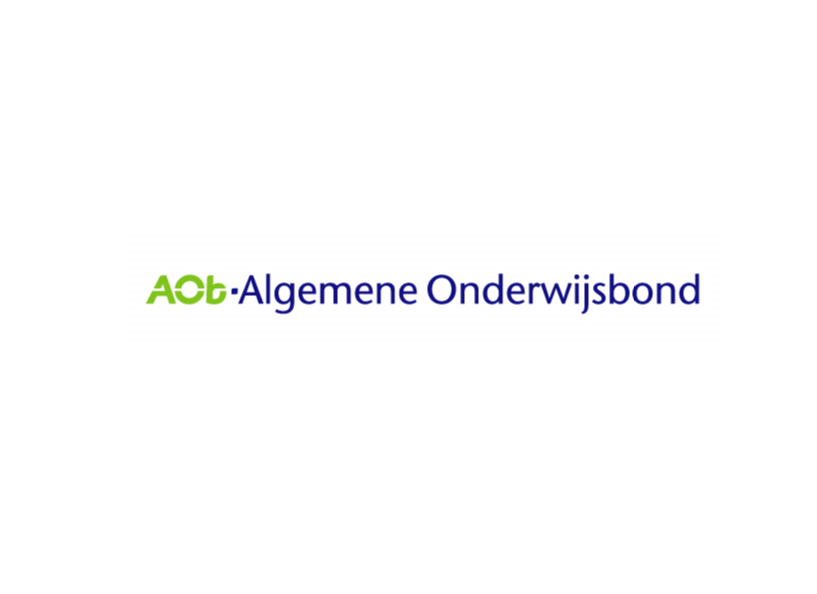Actions to tackle vertical segregation
External practice
Duration
Ongoing.
Partnership
The government, employers organisations, other unions.
Reason it was developed
In the Dutch education sector, women are underrepresented in decision-making positions. The gender gap is the biggest in education sector (compared to other sectors). Men in education sector mainly hold higher positions than women do. In the union, there are quite a number of female board members and the president is a woman. The situation is not very alarming, but does not reflect entirely the structure of the membership - 70% of all our members are female. The main reasons for this are as follows: • Part-time work (in the Netherlands it is unfortunately still the case that full-time work is more or less a condition for achieving and maintaining a higher position. This applies to both men and women); • Insufficient arrangements around work-life balance; • Childcare arrangements. There is no collectively financed system for childcare and early childhood education. The commercial prices are unfortunately not affordable for everyone. The result is that people go for alternatives, such as working part time; • Unconscious bias in recruitment procedures.
Activities
Educational institutions are required by law to formulate in their policies how to increase the proportion of women in leadership position (with targets). The AOb has no specific action on its own. In the past the union had a women’s committee and according to the union’s statutes, it is still possible to start one.
Results
Social dialogue is ongoing, and the union monitors government action. The awareness about the issue remains a key challenge. Currently, the social dialogue is mostly about the under-representation of men in the education sector and not about the over-representation of men in the leading and decision- making roles.